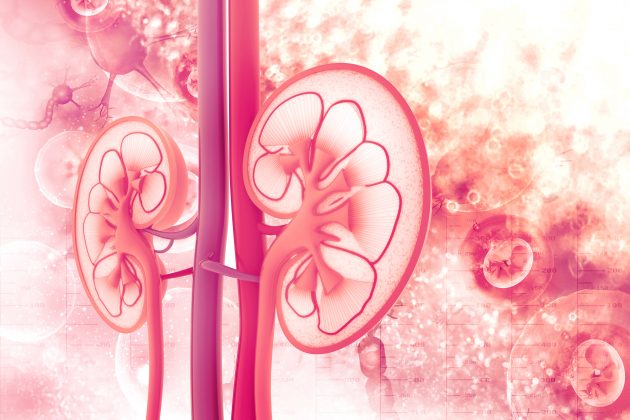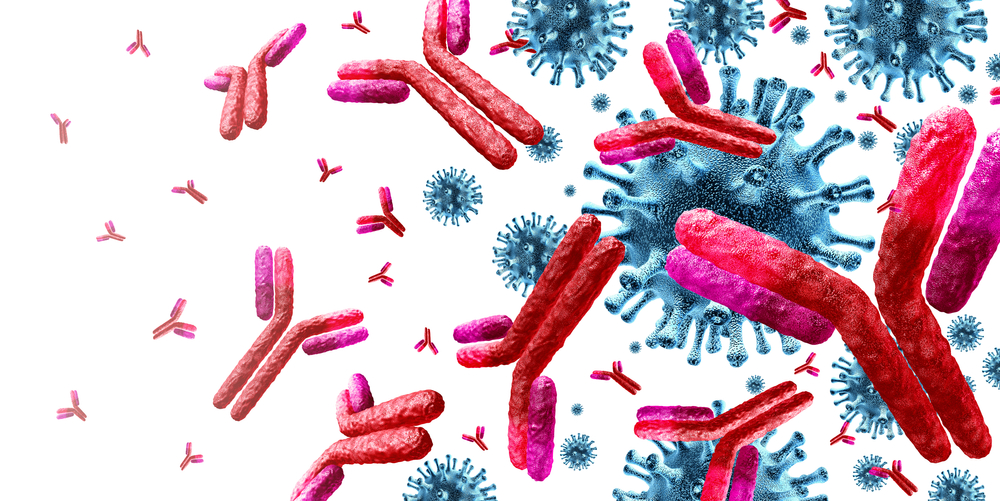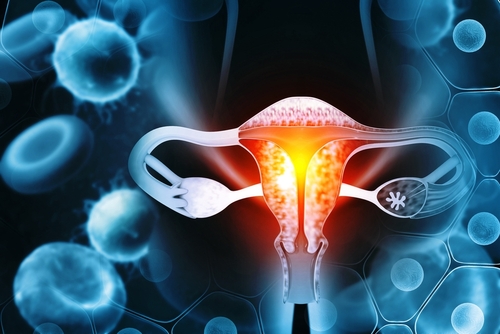Patients with chronic kidney disease (CKD) are strongly advised to limit their intake of sodium. Results of observational studies have suggested the potential of even moderate reductions in sodium intake; for every gram in less daily sodium intake, there is an association with 15% lower risk for cardiovascular complications. There was also lower risk for kidney failure in patients with and without diabetes (15% and 10% lower risk, respectively).
According to Jelmer K. Humalda, MD, PhD, and colleagues, current approaches for reduction of sodium intake are largely unsuccessful. Results of an analysis of more than 10,000 patients with CKD found that average sodium intake was 164 mmol/day, even in the dedicated setting of the nephrology outpatient clinic. Other studies have found good outcomes with interventions based on self-regulation: several interventions resulted from a qualitative study of barriers and facilitators for sodium restriction.
One-to-one counseling associated with behavioral interventions is costly; e-health has the potential to improve affordability of such programs. Dr. Humalada et al. designed the SUBLIME (Sodium Burden Lowered by Lifestyle Intervention: Self-management and E-health Technology) intervention. SUBLIME included group counseling as well as a web-based self-management program, followed by a maintenance phase. The researchers evaluated the intervention for efficacy and assessed costs, and barriers, and facilitators for the implementation of SUBLIME intervention into clinical practice. Results of the assessment were reported in the American Journal of Kidney Diseases [2020;75(6):847-856].
SUBLIME was a randomized controlled trial conducted in nephrology outpatient clinics in four hospitals in the Netherlands. The cohort included 99 adults with CKD stages 1 to 4 or a functioning kidney transplant (defined as estimated glomerular filtration rate ≥25 mL/min/1.73 m2), hypertension, and sodium intake >130 mmol/day.
The study compared routine care alone with routine care plus a web-based self-management intervention that included individual e-coaching and group meetings implemented over a 3-month intervention period, followed by e-coaching over a 6-month maintenance period. The primary outcomes were sodium excretion following the 3-month intervention and following the 6-month maintenance period. Secondary outcomes included blood pressure, proteinuria, costs, quality of life, self-management skills, and barriers and facilitators for implementation of the intervention.
Of the 99 patients, 52 were randomly assigned to the intervention and 47 to routine care alone (control). Five patients did not attend the baseline measurement visit. Study participants were 56.6 years of age and 44% were recipients of kidney transplantation. The control and intervention groups were similar in baseline characteristics. Five participants were lost to follow-up, and not all participants returned their 24-hour urine collection after baseline.
Results of data logs indicated that 44 of 50 participants used the program; most used the program the first 2 to 4 months. During the study period, 1647 records of daily dietary intake were made (37.4 days per participant). Participants recorded 4256 meals and 3428 snacks. Eight participants stopped recording within 1 month and 11 recorded for longer than 6 months.
In the intervention group, there was a decrease in sodium excretion from 188 mmol/day at baseline to 148 mmol/day at 3 months. Linear mixed-effects model (LMM) analyses confirmed the reduction was statistically significant, with the estimated marginal mean changing over the 3 months from 188 to 148 mmol/day (P<.001) for within-group difference. In the control group, there was a nominal reduction in sodium excretion that was not statistically significant. Compared with control, the effect of the intervention was –24.8 (95% confidence interval, –49.6 to –0.1) mmol/day (P=.049 for between group difference).
There was a concomitant decrease in both systolic blood pressure and diastolic blood pressure in the intervention group (from 140 to 131 mm Hg and 84 to 80 mm Hg, respectively). LMM confirmed the statistical significance of the change. The change in systolic blood pressure in the control group was not statistically significant.
At the end of the intervention period, 11 participants had proteinuria with protein excretion ≥1.0 g/day (six were in the intervention group and five were in the control group). Use of antihypertensive drugs decreased in one participant in the control group and increased in three; hypertensive drug use decreased in five participants in the intervention group and increased in three. The changes were not statistically significant.
During the 6-month maintenance phase, sodium excretion increased in the intervention group, but remained lower than at baseline at 160 mmol/day (P=.01). In the control group, sodium excretion decreased in the control group, from 174 at the end of the intervention period to 154 mmol/day (P=.001). Thus, there was no difference in sodium excretion between the two groups seen following the maintenance phase. There was no difference in systolic blood pressure between the groups after the maintenance phase.
Limitations to the study cited by the authors included lack of dietary data, post-randomization loss to follow-up, short-term follow-up, and the small sample size.
“In conclusion, the SUBLIME study presents a potentially effective strategy for dietary sodium restriction in CKD in clinical practice, although future larger and longer term studies are needed to test long-term efficacy,” the researchers said.
Takeaway Points
- The SUBLIME study was designed to examine the efficacy of a web-based intervention to increase self-management of sodium intake restriction in patients with chronic kidney disease.
- During the 3-month intervention period, sodium excretion decreased in the intervention group while there was no significant change in sodium excretion in the control group.
- At the end of the intervention period, systolic blood pressure decreased in the intervention group, compared with no change in the control group.
Credit: Original article published here.









